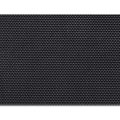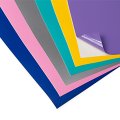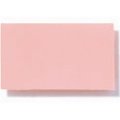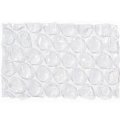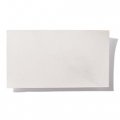Soft PVC Film
Information about soft PVC film
In order to plasticize PVC, the hard PVC powder is mixed together with a plasticizer in a heating mixer. The plasticizers reduce the hardness of the plastic but do not chemically bind with the plastic. Because of this they tend to be volatile which means that plasticized PVC does not generally remain soft forever. Soft PVC films are accordingly not suitable for outdoor use.
Even though most plasticizers are physiologically harmless, the use of plastics containing plasticizers in the foodstuffs sector or for children’s toys is not advised.
In addition to the conventional plasticizers, so-called flexibilizers are also used for making soft-PVC. These materials do make a chemical bond with the PVC and are therefore not volatile. “Flexibilized” PVC films consequently remain soft for a much longer time. PVC that has been plasticized in this way is referred to as “polymer plasticized PVC”. Unless otherwise stated, the soft-PVC semi-finished products that we have on offer are made from basic monomer plasticized PVC.
Soft PVC films can be joined by means of a needle and thread or a sewing machine or by employing plastic or metal rivets. When sewing them, the stitches should be reinforced with Soft PVC Glue. The sewing or pressing foot glides best over the slightly sticky PVC if it is made of teflon. It is less expensive to lay wrapping tissue paper underneath or to add a little sewing machine oil (silicone oil) to the area to be sewn in order to make it slippery.
